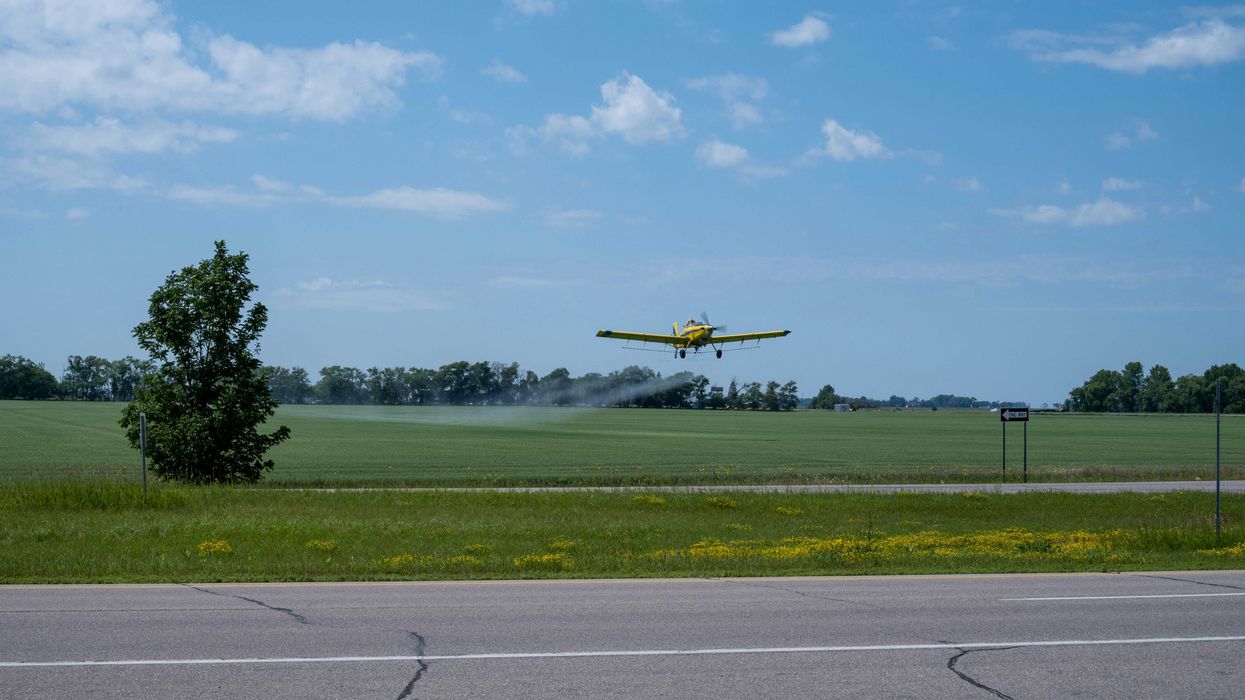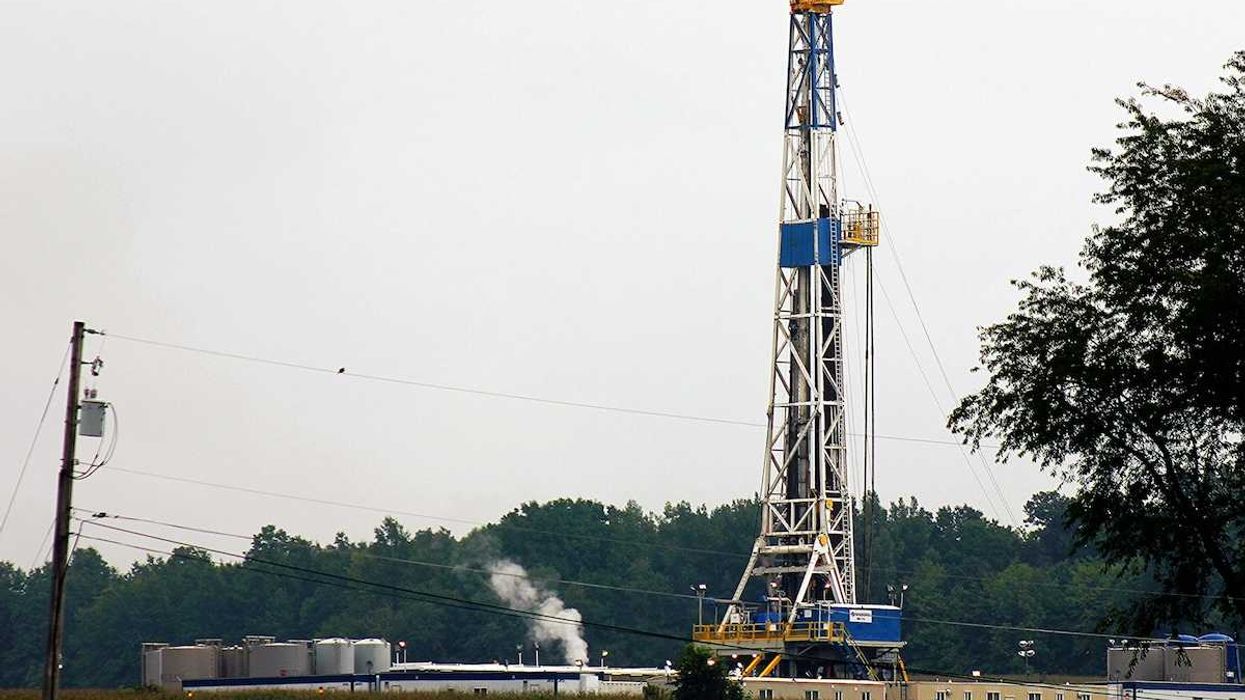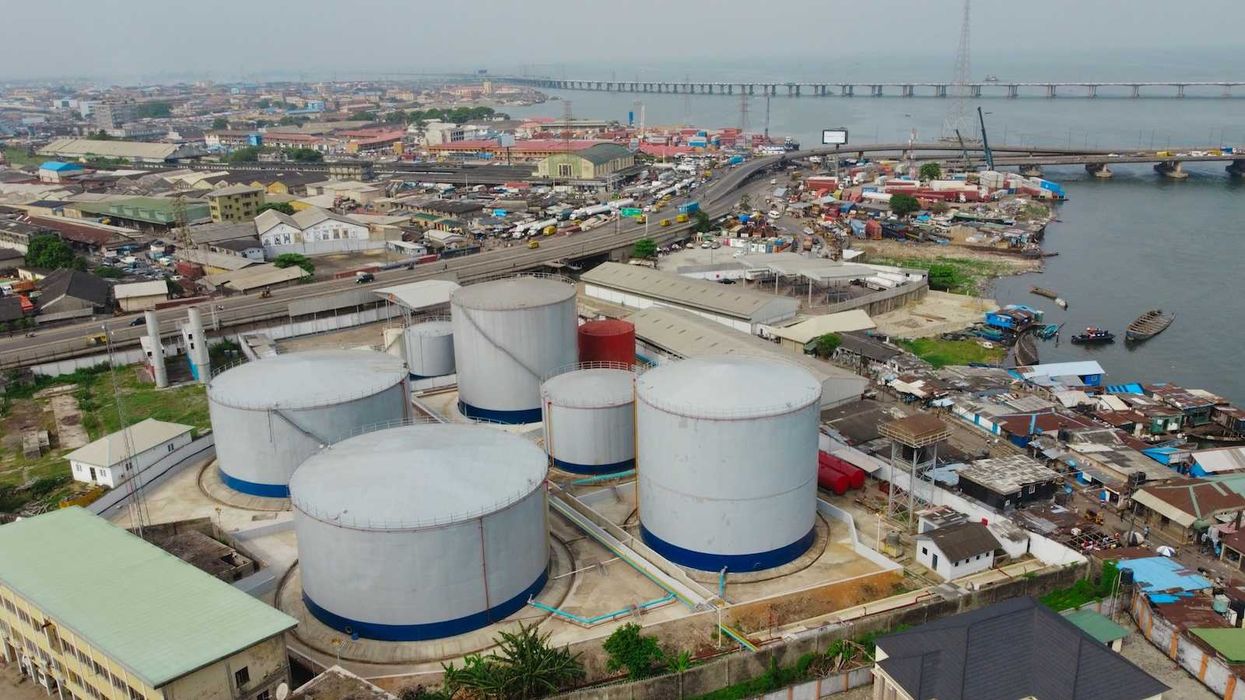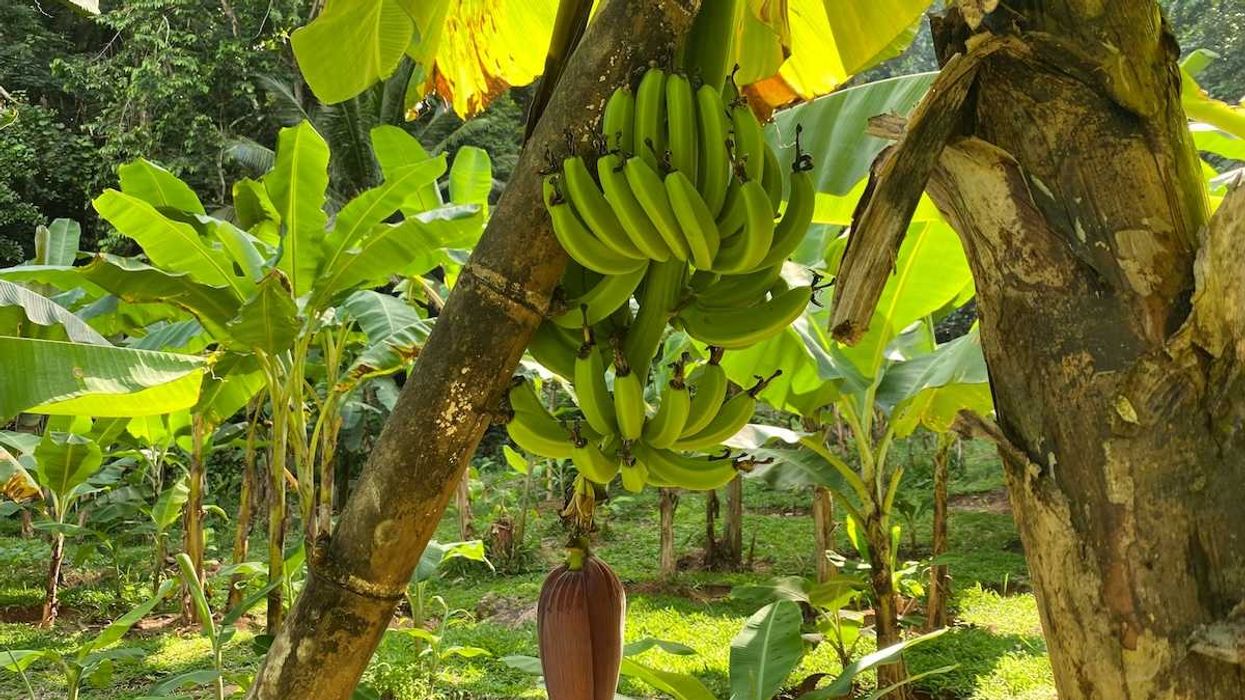Fertilizers encased in plastic may be releasing microplastics into soil and water, potentially harming crops and food safety, a University of Missouri study finds.
Tom Perkins reports for The Guardian.
In short:
- Many controlled-release fertilizers use plastic coatings that break down into microplastics, which can persist in soil and enter water sources.
- Researchers warn that crops may absorb these particles, though the study did not measure uptake levels.
- Microplastics contain chemicals like BPA, phthalates, and PFAS, which have been linked to health risks, including heart disease and cancer.
Key quote:
“We need to inform farmers. When they choose their products, they need to know that these have some potential risks.”
— Maryam Salehi, University of Missouri researcher
Why this matters:
Once thought to be confined to oceans and waterways, they have now been detected in soil, food, drinking water, and even within the human body. Scientists warn that their growing presence in farmland could have long-term consequences for both agriculture and human health. Despite the growing concern, plastic-coated fertilizers and other agricultural plastics remain widespread. These products, designed to slowly release nutrients and improve efficiency, may also be contributing to the steady accumulation of persistent plastic pollutants in farmland. Although biodegradable alternatives exist, they have yet to replace traditional plastic formulations on a large scale.
As researchers continue to study the full impact of microplastics on agriculture and human health, one thing is clear: Plastic waste isn’t just a problem for the ocean. It’s increasingly a problem in the soil beneath our feet.
Related EHN coverage: Microplastics in farm soils: A growing concern














